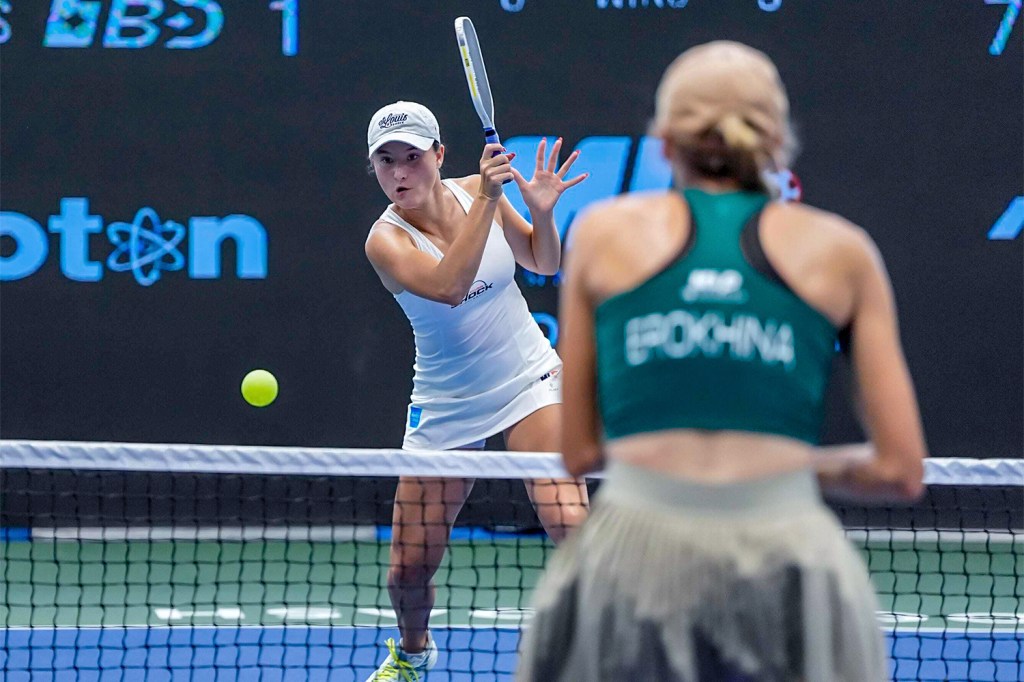Earlier this year, NCAA president Mark Emmert commissioned a gender equity review following the disparities between this year’s NCAA Division I men’s and women’s basketball tournaments.
On Tuesday, the firm, Kaplan Hecker and Fink, released the highly anticipated report. While the study confirmed many reports about the inequities during the basketball tournaments, it also revealed more disparities that went far deeper than previous reports.
Further, it found that gender inequity is “baked into the very fabric of the tournaments” — and the NCAA structure.
“Gender inequities at the NCAA — and specifically within the NCAA Division I basketball championships — stem from the structure and systems of the NCAA itself, which are designed to maximize the value of and support to the Division I Men’s Basketball Championship as the primary source of funding for the NCAA and its membership,” the report said.
The 100-page report combined hundreds of interviews, listening sessions, submitted comments, and documents from the NCAA. Athletes, coaches, parents, school and NCAA administrators participated.
An outside firm was brought in to re-evaluate the NCAA’s media rights deals.
There were four main areas in which inequities existed:
- Men’s basketball has more participation opportunities than women’s basketball
- The NCAA’s revenue distribution model prioritizes men’s basketball
- The NCAA’s media rights agreements “perpetuate” inequity
- The very structure and culture of the governing body “prioritize” men’s basketball
It would literally take 100 pages to detail each disparity — but a few stuck out.
A third-party media expert found that women’s basketball tournament media rights could be worth between $81 and $112 million in 2025. The current packaged deal is worth far less: only $500 million over 14 years for women’s basketball and 28 other NCAA championships.
Similarly, the report found that the NCAA’s governance structure has women’s basketball officials reporting to men’s basketball officials. There are more employees working on the men’s hoops tournament than the women’s. And the governing body spent more than $35 million more on the men’s tournament than the women’s.
The report obviously noted that women’s basketball should be making more money than it is, but it also mentioned that budgets don’t have to be the same to be equitable.
But “the view that men’s basketball is highly profitable and therefore worthy of increased investment has cultivated a culture within the NCAA in which men’s basketball is not required to abide by many of the same budgetary constraints as women’s basketball (or other sports).”
What’s more, the NCAA divvies up revenue distribution partially based on how well teams do in the men’s basketball tournament. There’s no such monetary award for the women.
As for the basketball championships in particular, the report confirmed inequities in food, COVID-19 testing, virtual promotion events, coverage, and workout equipment,
It provided previously unforeseen detail. At one point, for example, the report juxtaposed photos of menus at both tournaments that revealed disturbing differences.
The report also showed previously undisclosed details about the communications and planning that resulted in these shortcomings.
The plan for women’s basketball COVID-19 testing, for example, wasn’t solidified until months after plans for the men’s tournament. When AT&T offered to do a virtual concert to promote the women’s tournament similar to the one it put on for the men’s — which featured Miley Cyrus — “women’s basketball staff declined.”
To conclude, the report suggested seven categories of recommendations to improve equity not only for Division I basketball, but also basketball at the Division II and III level.
Recommendations included restructuring the NCAA’s governance, maximizing the financial value of women’s basketball, improving championship equity, rethinking men’s basketball-based revenue distribution, creating equal participation opportunities, improving equity at Divisions II and III, and putting plans in place for oversight.
Of the dozens of pages of detailed recommendations, here were a few examples:
- To improve championship equity, the report suggested the NCAA simply host both Final Fours in the same city. This was already done this year for Division I soccer.
- To improve women’s basketball revenue, the report suggested that the governing body split off women’s basketball media rights from the rest of its championships and sell them on their own.
- And to make sure that change actually takes place, the report said the NCAA should conduct annual reviews of whether it upheld equity and made strides toward positive improvement. Currently, there is no NCAA body assigned to monitoring gender equity internally, the report said.
In a statement, the NCAA’s Board of Governors said it had directed Emmert to immediately “address any organizational issues” and “begin work this week with the three divisions.”
“The NCAA Board of Governors is wholly committed to an equitable experience among championships. We know that has not always been the case,” the statement read in part.

















